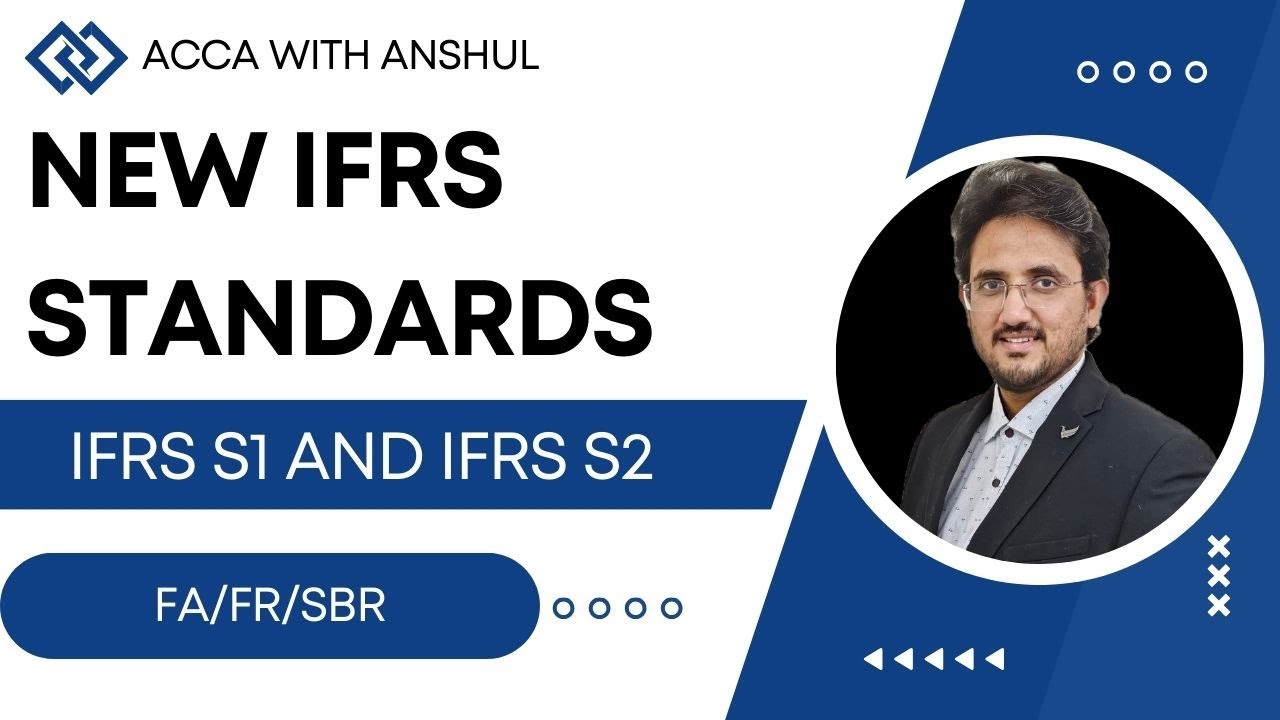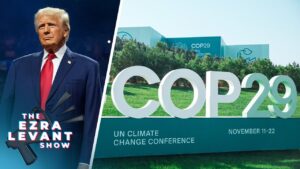
# IFRS S1 and S2: Key Standards for Sustainability and Climate-Related Disclosures
### *Creation of the Standards*
– *Need for Sustainability*: Growing awareness of sustainability’s importance led to increased demands from investors and stakeholders for reliable sustainability-related information.
– *Establishment of ISSB*: The International Sustainability Standards Board (ISSB) was created by the IFRS Foundation in 2021 to develop global standards for sustainability disclosures.
### *IFRS S1: General Requirements for Disclosure of Sustainability-Related Financial Information*
– *Objective*: Provides a framework for companies to disclose their sustainability-related activities, including environmental and social issues.
*Key Components*:
– *Governance*:
– Companies must disclose how leadership oversees sustainability-related risks and opportunities.
– Example: A company could describe a special committee focused on reducing carbon emissions.
– *Strategy*:
– Companies discuss how sustainability impacts their business strategy and financial planning.
– Example: A car manufacturer might describe how the shift to electric vehicles shapes its strategy.
– *Risk Management*:
– Focuses on how companies identify and manage sustainability-related risks.
– Example: A retailer could explain its strategies to manage water shortages by reducing water use in production.
– *Metrics and Targets*:
– Companies disclose the metrics used to measure sustainability performance and any set targets.
– Example: A tech company might report energy consumption metrics and a target to reduce it by 10%.
### *IFRS S2: Climate-Related Disclosures*
– *Objective*: Focuses on disclosures related to climate change risks and opportunities, building on IFRS S1.
*Key Components*:
– *Climate-related Risks*:
– Physical Risks: Risks from physical climate impacts like extreme weather.
– Transition Risks: Risks from the transition to a low-carbon economy.
– Example: A coastal developer could face risks from rising sea levels affecting property costs.
– *Climate-related Opportunities*:
– Companies can benefit from opportunities like the demand for green products.
– Example: A utility company might invest in renewable energy like wind or solar power.
– *Greenhouse Gas (GHG) Emissions*:
– Companies must disclose GHG emissions in three categories:
– *Scope 1*: Direct emissions (e.g., from company vehicles).
– *Scope 2*: Indirect emissions from purchased energy (e.g., electricity).
– *Scope 3*: Other indirect emissions in the value chain (e.g., from suppliers).
– Example: A manufacturing company might report 100,000 tons of CO2 emissions from factories and aim to reduce this by 20%.
– *Scenario Analysis*:
– Companies assess the impact of different climate scenarios on their business.
– Example: An oil company might evaluate the effects of strict carbon taxes on its profitability.
– *Metrics and Targets*:
– Companies report specific climate-related metrics and progress towards targets.
– Example: A food company might set a target for net-zero carbon emissions by 2050.
### *Illustrative Example: GreenTech Ltd.*
– *Governance (IFRS S1)*: Has a sustainability committee overseeing initiatives like waste reduction and worker safety.
– *Strategy (IFRS S1)*: Plans to shift 50% of its product line to solar-powered devices, aligning with global sustainability trends.
– *Risk Management (IFRS S1)*: Invests in water recycling to manage the risk of water scarcity.
– *Climate-related Risks (IFRS S2)*: Identifies risks from rising temperatures affecting supply chains and potential increased costs from regulations.
– *GHG Emissions (IFRS S2)*: Reports 50,000 tons of CO2 emissions with a plan to reduce by 25% over the next decade.
– *Scenario Analysis (IFRS S2)*: Assesses a 3°C temperature rise scenario leading to higher energy costs, prompting investments in energy-efficient technologies.
—
### Detailed Summary: *IFRS S1 and S2: Key Standards for Sustainability and Climate-Related Disclosures*
– *Creation of the Standards*: ISSB was created by the IFRS Foundation to address the need for comprehensive sustainability-related financial disclosures, driven by increasing demands from stakeholders for transparency in how companies manage environmental and social challenges.
source







Love from Nepal sir ❤
English oohhh
We don't understand this language at all.